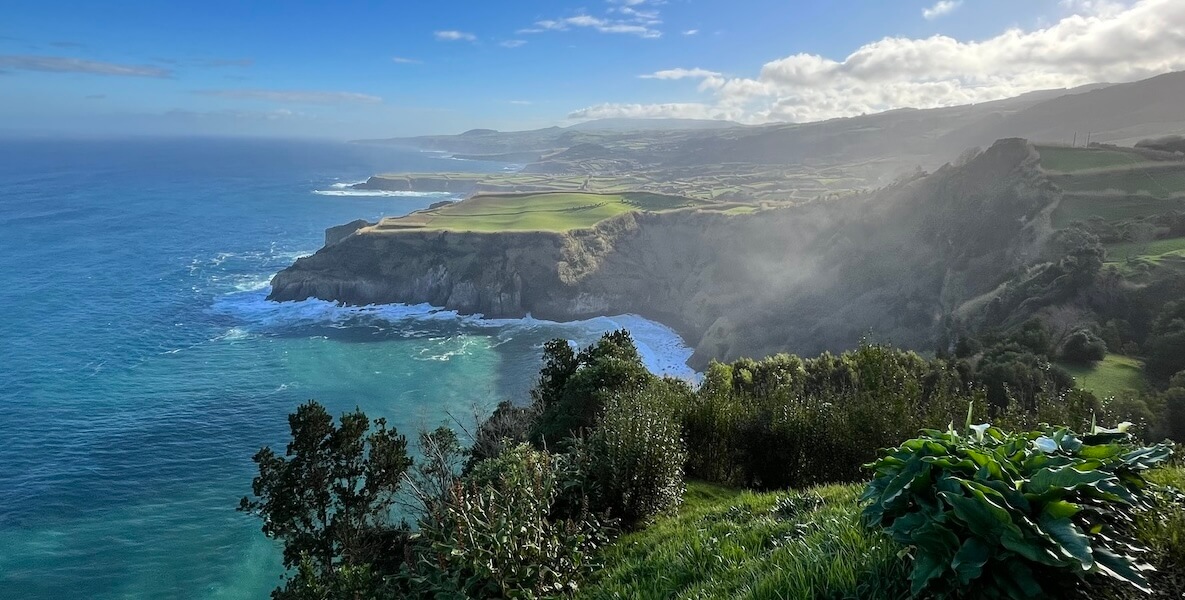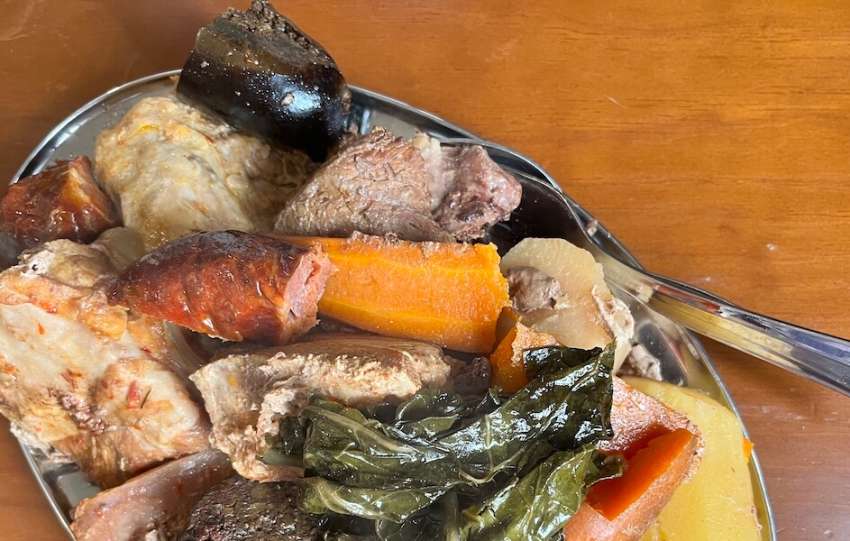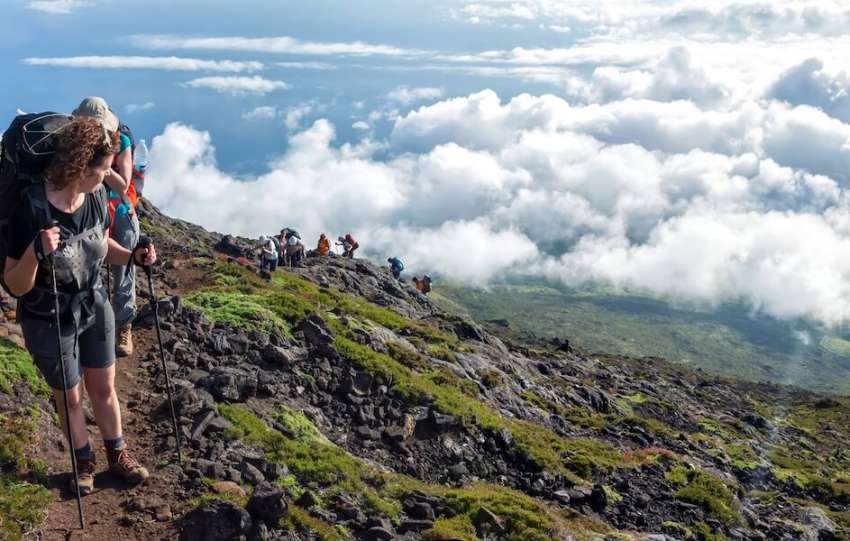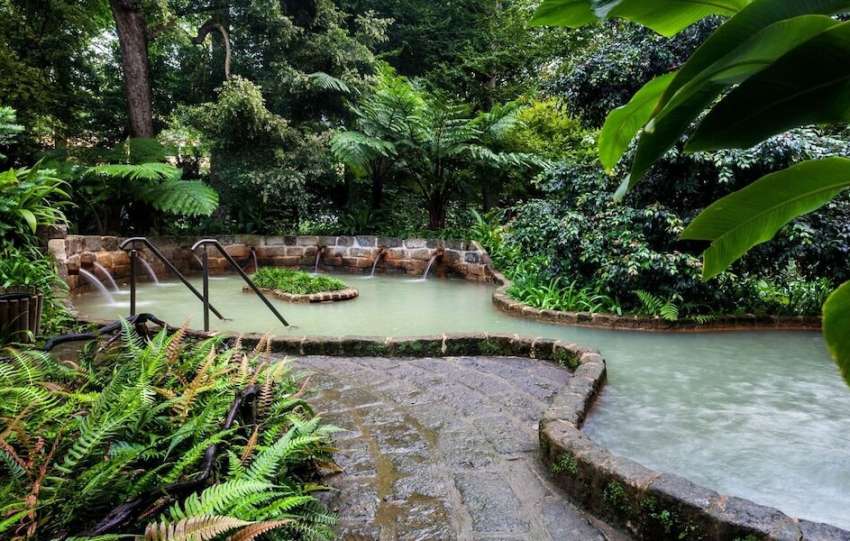Share This Article
Thinking of going hiking in the Azores? Good call — but don’t just lace up your boots and wing it.
The trails in the Azores are stunning, yes — volcanoes, waterfalls, ocean cliffs, you name it — but they can also be unpredictable, poorly marked, and seriously weather-dependent.
In this guide, I’ll walk you through everything you need to know before hitting the trails: how to stay safe, what to pack, which apps and gear I actually use, and where to find the best hikes on each island.
Ready? Let’s get into it.
Stay Safe while Hiking in the Azores: what you need to know
Unpredictable Weather
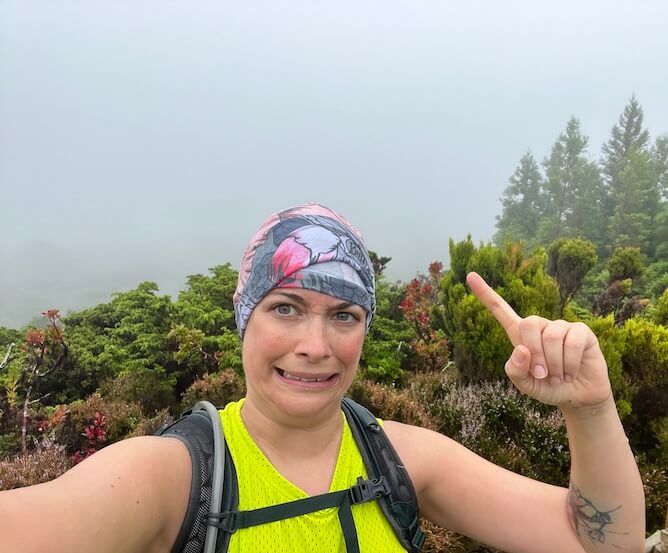
One of the things you’ll quickly learn when you travel in the Azores is that the weather plays a central role in the lives of local people. Seriously – NO ONE leaves their home without first checking not just the general forecast (like average temperature), but also specific stuff like wind strength, wind direction, cloud coverage. It’s almost a ritual. And once you go hiking in the Azores, you’ll immediately understand why.
If you don’t choose your hike wisely according to the weather on that exact day, you might end up hiking all the way to some epic viewpoint or major peak and… not seeing shit. Just a whole lot of clouds. Even worse, you might get caught in wind or rain that makes the whole hike absolutely miserable — and you won’t even see it coming if you’re relying on basic forecasts.
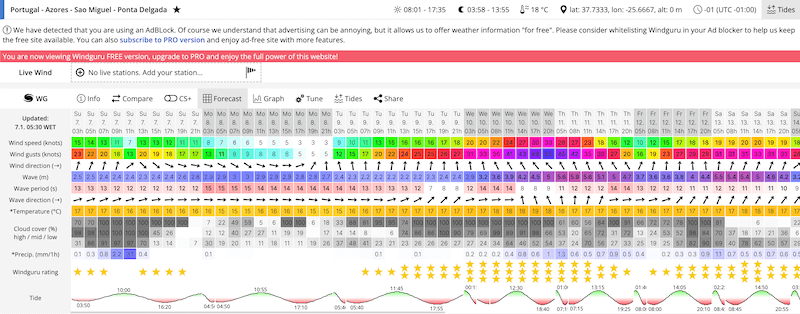
You can’t change the weather — but you can change your plans. So here’s what I strongly recommend before heading out on any hike:
- Check my list of the best apps to use in the Azores — especially WindGURU (for detailed wind/weather data) and SpotAzores, which shows real live footage from webcams all over the islands.
- Talk to local people — hotel staff, your AirBnB host, whoever. Ask if it’s a smart day for the hike you have in mind. This has literally saved my ass multiple times.
- Use the right gear — good boots, waterproof layers, a decent backpack. Check below for my personal gear recommendations — all tested in the wild.
Poor Trail Signage in the Azores
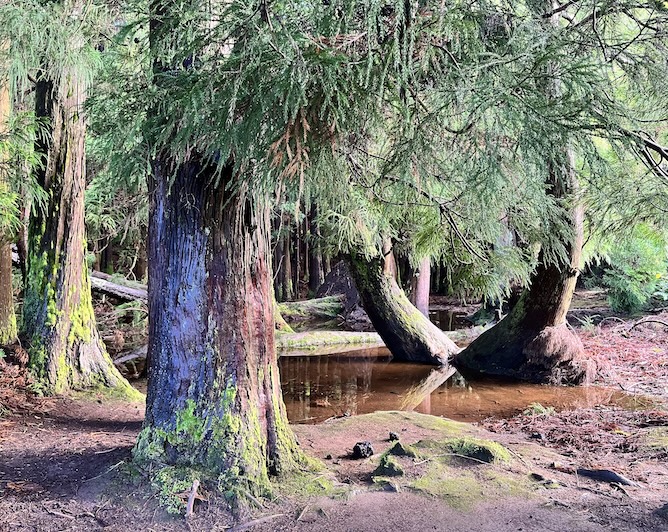
One of the things I found most surprising — and honestly, annoying — when I first started hiking in the Azores is that some of the trails (actually, quite a lot of them) are miserably marked. And even though I’m not a newbie when it comes to hiking, I still ended up getting lost a couple of times. I even wrote about it in my list of the worst hiking trails in São Miguel island.
The solution, thankfully, is pretty simple: download Mapy.cz and Maps.Me. These two hiking apps are lifesavers. They don’t just show you the trails — they also display contour lines (quase como se fossem mapas militares), which makes it way easier to understand where you are and what kind of terrain you’re dealing with.
Every time I got lost — which happened more than once — I’d just pull up the app, figure out where I was, and either rejoin the original trail or modify my route on the fly. Problem solved.
Hiking in the Azores: is it safe to do it alone?
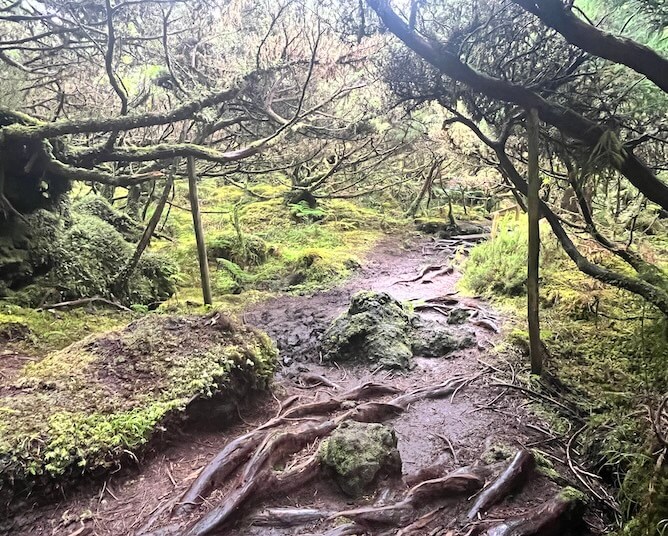
Precisely because it’s easy to get lost when hiking in the Azores, there are some safety precautions I strongly recommend you take especially if you’re hiking alone (which I do all the time).
The most obvious one, in my opinion, is to make sure that someone — a friend back home, yes, but more importantly, someone local — knows exactly what hike you’re planning to do and the exact time you’re planning to do it. I also tell my friends what time I expect the hike to finish, and I message them as soon as I’m done to say I made it back safely. If I don’t send that message? Then they’re totally allowed to panic and contact the local authorities :P
Another useful resource is the official Azores trails website: trails.visitazores.com. There, you’ll find downloadable leaflets for each official trail. Each one includes local emergency contacts — and yes, I’ve had to use them once, on a hike I did in Terceira island.
Essential Gear for Hiking in the Azores
I’m not one of those people who spends thousands of euros on hiking gear (a lot of it is completely unnecessary anyway), but there are a few hiking essentials that I swear by and that honestly make all the difference. Here’s what I consider must-have gear for hiking in the Azores:
Good hiking boots or shoes
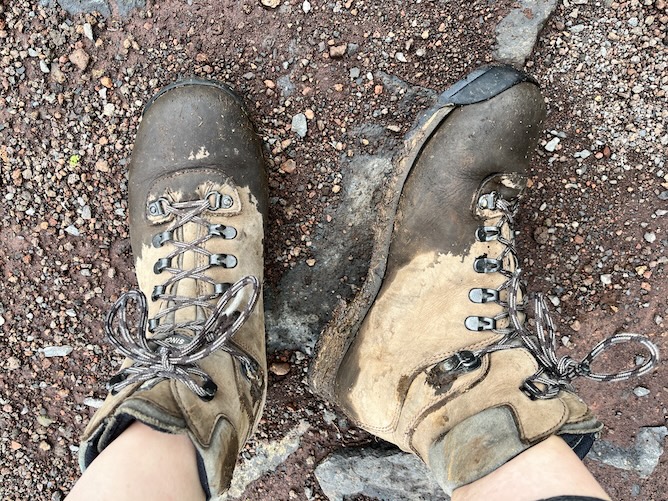
Non-negotiable. There’s nothing worse than hiking in the Azores with the wrong footwear — it’s uncomfortable, increases your chances of slipping or falling, and if it rains (which it probably will), you’re in for a very soggy, miserable time. Waterproof is a must.
Personally, I prefer boots over shoes because they offer better ankle protection. Here are my top picks:
For men:
- Columbia Men’s Newton Ridge Plus II Waterproof Hiking Boots
- Merrell Men’s Moab 3 Mid Waterproof Hiking Boots
- Salomon Men’s X Ultra Pioneer Mid Climasalomon Waterproof Hiking Boots
For women:
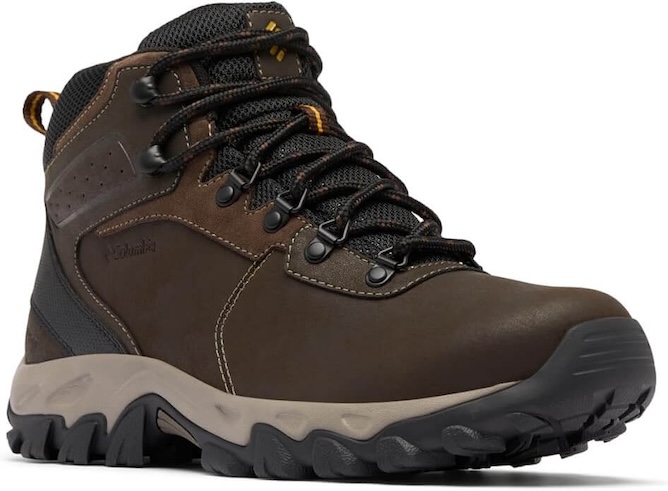
If you prefer hiking shoes instead of boots, here are some solid options:
For men: Merrell Men’s Moab 3 Hiking Shoe
For women: Merrell Women’s Moab 2 Vent Hiking Shoe
Hiking Backpack
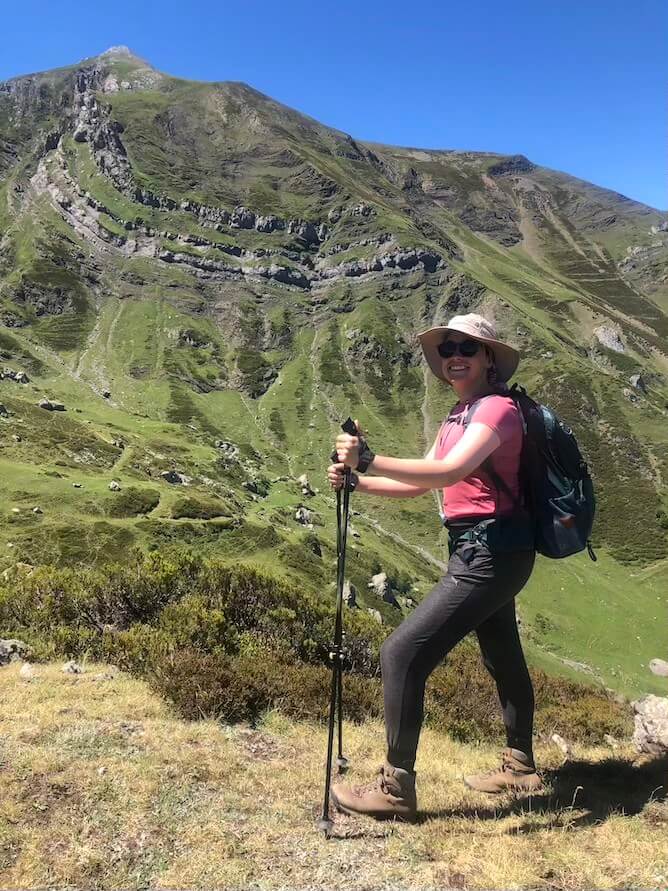
Another thing I consider essential is a good hiking backpack — one that distributes most of the weight on your hips (not your shoulders) and has enough space and compartments to carry all your stuff: rain gear, food, first-aid kit, you name it.
In terms of size, I personally prefer larger backpacks, but if you’re just doing a short trail (say, 3 to 5 hours), a 20L backpack will be totally fine.
For that size, here are two solid recommendations:
This Multipurpose Hydration Backpack with 2L Water Bladder is also interesting if you’re on a tighter budget — it’s pretty affordable and already includes a hydration bladder.
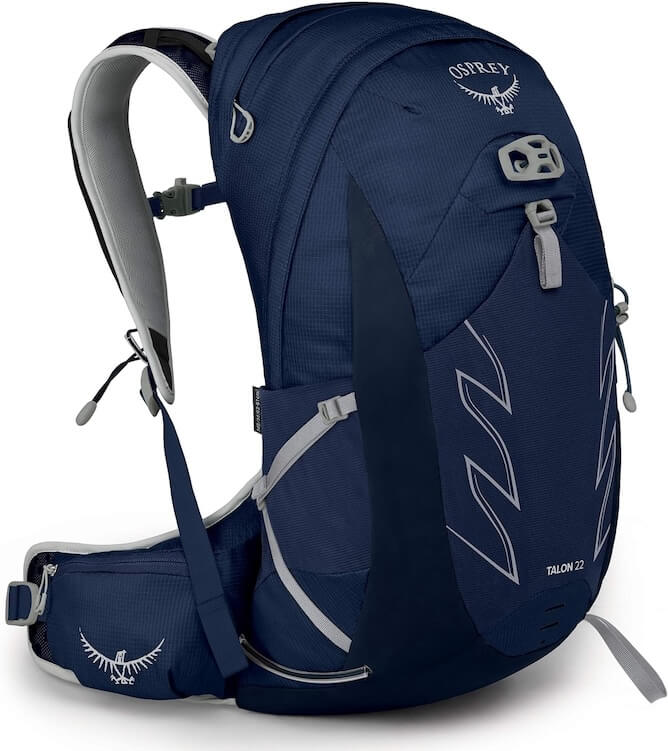
If you’re like me and prefer bigger backpacks (they’re super handy — not just for carrying everything you need, but also because if you fall on your back, it cushions the impact), then I recommend:
- Budget-friendly option: Maelstrom Hiking Backpack 40L Waterproof Lightweight Daypack
- Mid-range option that I love: Osprey Farpoint 40 Travel Backpack
I’m a huge fan of Osprey — they’re more expensive, but the quality is top-notch.
Hydration Bladder
For years, I used plastic bottles when hiking. That meant stopping all the time, pulling the bottle out of the backpack, drinking, putting it back… annoying. I resisted hydration bladders for ages because I was convinced they gave water a weird plastic taste. But honestly:
a) it’s not true, and
b) even if it were, who cares — it is so much more convenient.
This is especially true when hiking in the Azores, where the humidity is high and you’re going to sweat a lot. You need to hydrate constantly, and a hydration bladder makes it effortless.
I personally like the Water Buffalo Hydration Bladder – 2L Water Reservoir because it comes with a mouthpiece cover, which is great for keeping things clean.
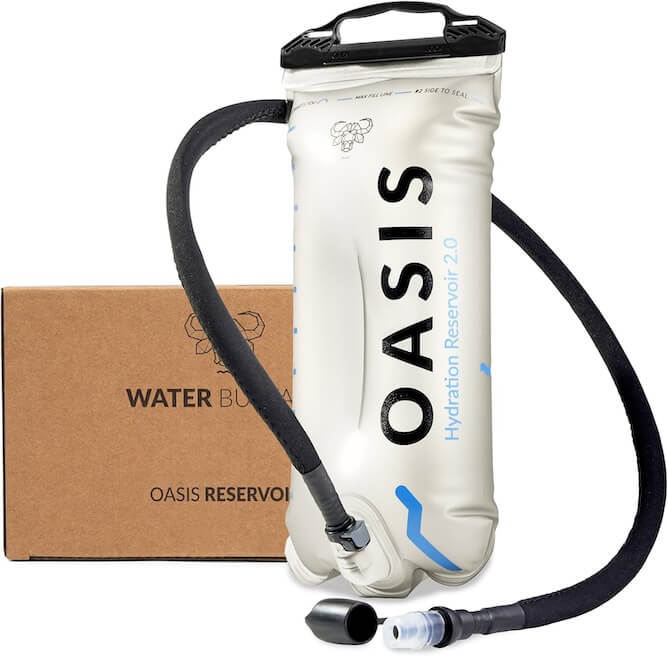
If you prefer, you can also get a Water Buffalo Hydration Backpack – Lightweight Hydration Pack, which includes the bladder and comes ready to use.
That said, I personally prefer using a proper hiking backpack that has a dedicated compartment for the bladder — I bought mine separately and it works just as well.
Raincoat
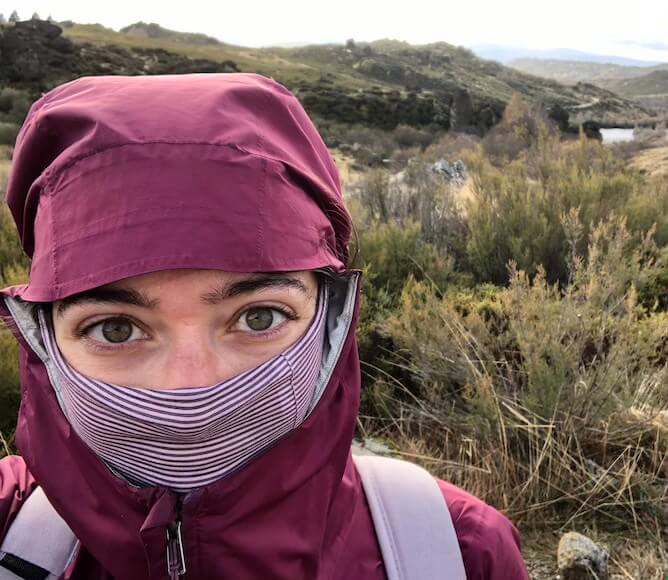
Something else I strongly recommend using when hiking in the Azores, due to the unpredictable weather, is a proper raincoat. A lightweight one, with good pockets and underarm zippers for breathability, plus an adjustable hood (super useful, by the way). I always tend to pick them in bright colors – in case I get lost, I want to be easy to spot by firefighters.
I do not recommend ponchos — they’re loose, flap around, and end up getting in your way more than anything else. This is especially true in the Azores, where the terrain is rugged and you’ll often need both hands (or even your butt) to climb or scramble over rocks.
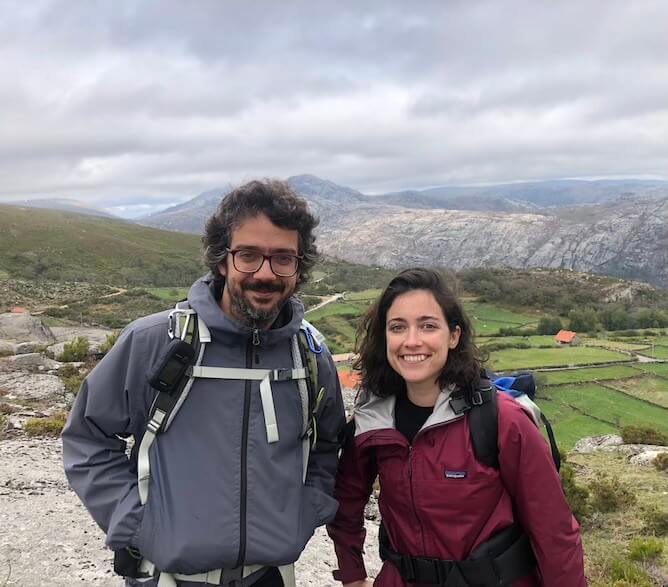
For men, I recommend:
- Columbia Men’s Watertight II Jacket
- GIISAM Mens Windproof Jacket Waterproof Lightweight (a more budget-friendly option)
For women, I recommend:
- Diamond Candy Women’s Waterproof Rain Jacket with Hood
- Little Donkey Andy Women’s Waterproof Rain Jacket Lightweight Outdoor Windbreaker Rain Coat Shell for Hiking (slightly cheaper)
Best Trails in the Azores
These are the standout hikes across the archipelago—each with name, distance, duration, and difficulty. For complete maps, elevation data, and insider tips, check out the full guide: Best trails in the Azores. Here’s a short summary though, for those of you not in the mood to read that article:
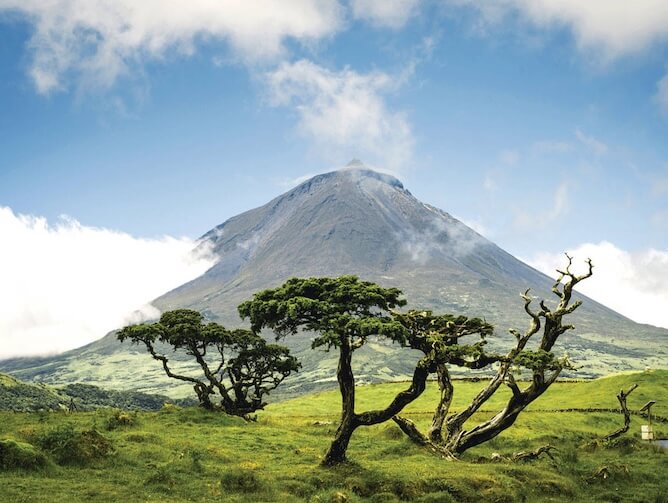
Climbing Mount Pico
Summiting Pico (2,351 m) is hands down the most iconic hiking adventure in the Azores. It is such a highlight of any Azores trip that I wrote a very Complete Guide of Climbing Mount Pico. I highly recommend you to read it and, if you already know for sure that you want to go on this adventure, then book your Pico Mountain Climb – Portugal’s Highest Point in advance as it sells out during the summer months.
Distance: 3.5 km each way
Duration: 3–4 hours ascent, plus descent
Difficulty: Hard
Elevation gain: ~1,120 m (3,675 ft)
São Miguel Island
PRC37 SMI Rota da Água – Janela do Inferno
Distance: ~7.6 km loop
Duration: 2–3 hours
Difficulty: Easy to Moderate
Elevation gain: ~240–300 m (790–985 ft)
PRC09 SMI Salto do Prego – Sanguinho
Distance: ~4.5 km loop
Duration: 1.5–2 hours
Difficulty: Moderate
Elevation gain: ~200–260 m (655–850 ft)
PRC05 SMI Serra da Devassa
Distance: ~4.9 km loop
Duration: ~2 hours
Difficulty: Moderate
Elevation gain: ~180–195 m (590–640 ft)
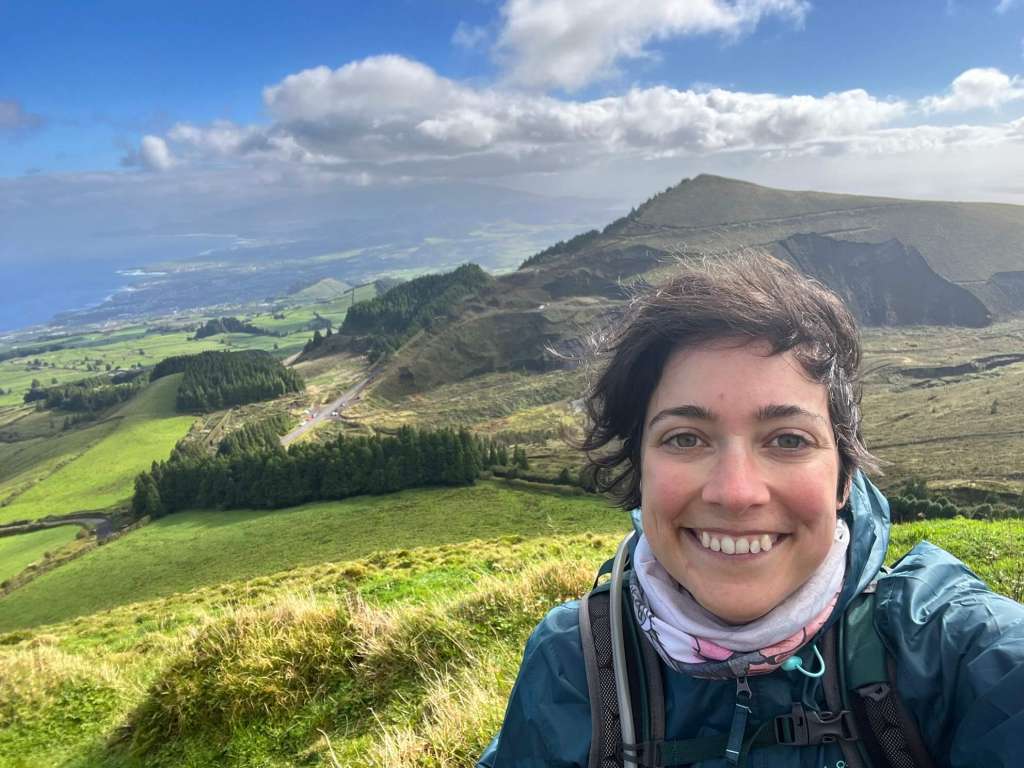
Terceira Island
PRC01 TER Mistérios Negros
Distance: ~5 km loop
Duration: ~2–2.5 hours
Difficulty: Moderate
Elevation gain: ~120–150 m (395–490 ft)
PRC06 TER Rocha do Chambre
Distance: ~8.8 km loop
Duration: ~3 hours
Difficulty: Moderate
Elevation gain: ~260 m (855 ft)
São Jorge Island
Fajã João Dias
Distance: ~6.5 km loop
Duration: ~1.75 hours
Difficulty: Moderate
Elevation gain: ~460 m (1,510 ft)
PR03 SJO Fajã de São João to Fajã dos Vimes
Distance: ~12 km linear
Duration: ~4–5 hours
Difficulty: Hard
Elevation gain: ~230 m (755 ft)
PR01 SJO Caldeira do Santo Cristo to Fajã dos Cubres
Distance: ~9.5 km linear
Duration: ~3.5–4 hours
Difficulty: Moderate
Elevation gain: ~190 m (625 ft)
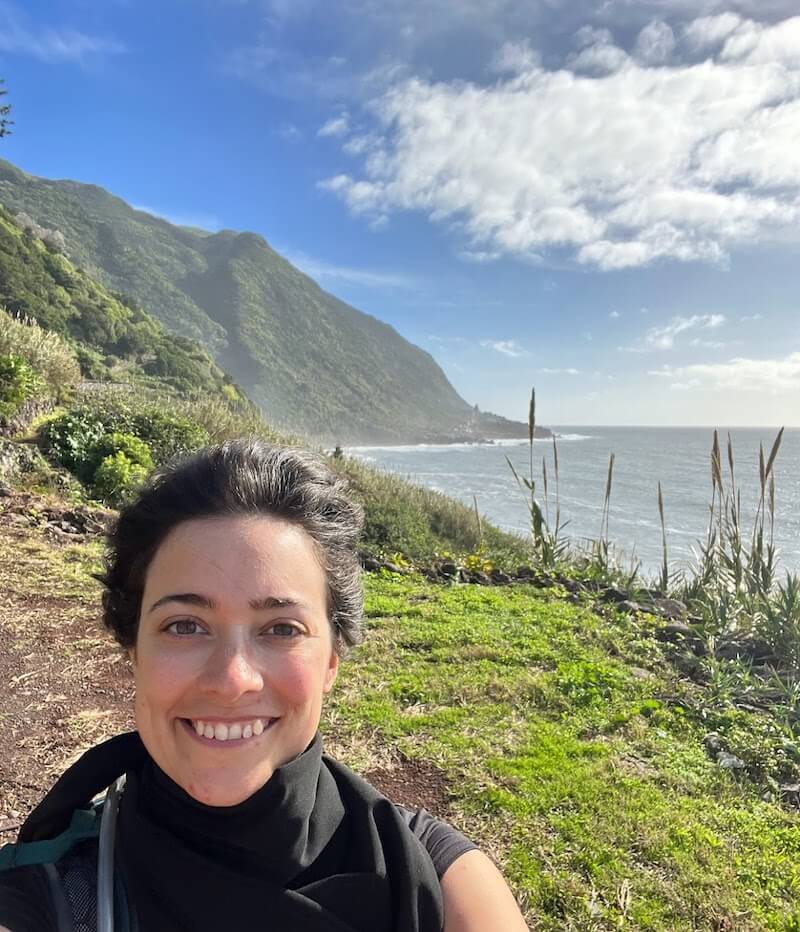
Flores Island
PRC04 FLO Fajã de Lopo Vaz
Distance: ~6–7 km loop
Duration: ~2 hours
Difficulty: Moderate
Elevation gain: ~200–300 m (655–985 ft, estimated)
PRC02 FLO Lajedo – Fajã Grande
Distance: ~8–10 km loop
Duration: ~3–4 hours
Difficulty: Moderate–Hard
Elevation gain: ~300–400 m (985–1,310 ft, estimated)
Corvo Island
PRC02 COR Caldeirão
Distance: ~6 km loop
Duration: ~2–3 hours
Difficulty: Moderate
Elevation gain: ~200–300 m (655–985 ft, estimated)
Hiking in the Azores: Essential FAQs Before You Hit the Trails
What’s the best time of year to go hiking in the Azores?
From May to October is generally the best window. June to early September usually brings the most stable weather, but even then, conditions can shift quickly. May and October are quieter and greener but also riskier in terms of fog or rain. I go into more detail in this article: When is the best time to visit the Azores.
Which islands are best for hiking?
Depends on what you’re after:
- São Miguel is great for crater lakes, waterfalls and short-to-medium hikes. Check my article about the Best hiking trails in São Miguel island.
- Pico is for climbing the highest mountain in Portugal (with a guide), Mount Pico. You need to do it with a certified guide and hence I recommend you to Book early: Pico Mountain Climb – Portugal’s Highest Point.
- Terceira has lush volcanic loops.
- São Jorge offers epic coastal fajã trails.
- Flores is for remote, green, waterfall-rich hikes.
- Corvo has one trail — but it’s a massive caldera and 100% worth it. It’s a tiny, remote island and it is not easy to get there – make sure to read my article about How to get to Corvo Island.
Do I need to be super fit to hike in the Azores?
Nope. You’ll find hikes for all levels. Some are flat and short, others involve steep climbs or rocky terrain. Most people with average fitness will be totally fine — just choose your trail wisely. I’ve even made a list of the worst trails in São Miguel so you know what to avoid.
Can I hike in the Azores without a guide?
Yes — most hikes can (and should) be done independently. The exception is the climb Mount Pico. You need a certified guide to summit legally, and spots sell out, especially in summer. If that’s your goal, book early using my link in the Pico section above.
It is also illegal to descend to Faial’s caldera on your own. You need to book a certified guide and, for some reason, it is much more expensive to do so than to climb to Mount Pico.
How do I know if a trail is safe on a given day?
Check the weather like your trip depends on it — because it kinda does. Use apps like WindGURU and SpotAzores for forecasts and real-time webcam footage. Also, ask locals (hotel staff, Airbnb hosts). They’ll usually know what’s doable and what’s a bad idea. You can find my favorite tools here: Best apps to use in the Azores.
What should I wear and pack for day hikes in the Azores?
Start with waterproof hiking boots, a decent raincoat, and a hydration bladder. Bring layers — it can go from hot to windy to damp fast. Add trail snacks, a waterproof backpack, and a basic first-aid kit. I’ve listed my go-to gear (with Amazon links) in the “Essential Gear” section above.

